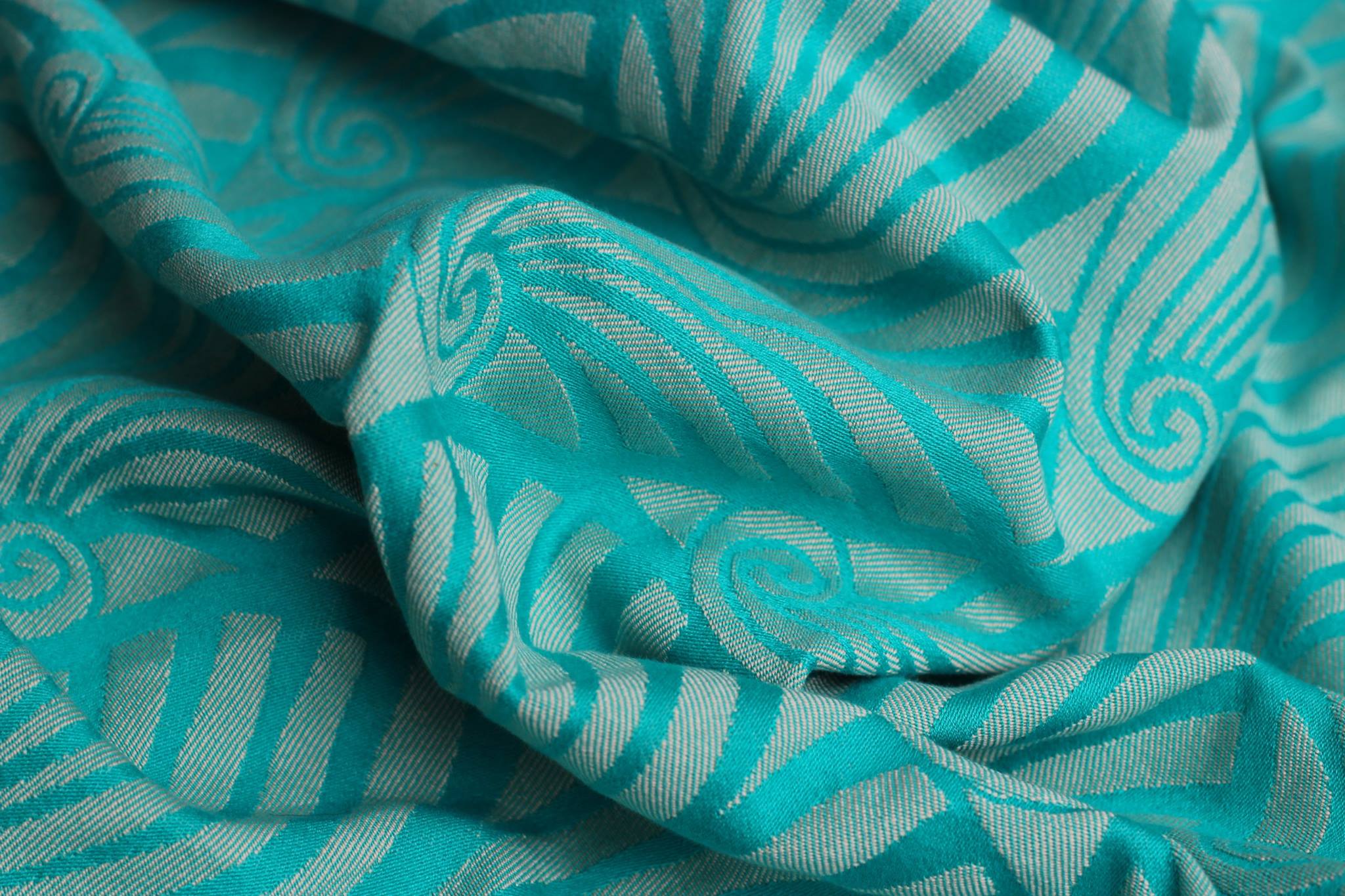Sustainability in fashion often begins from an ethical approach and consumption-conscious mindset. Sometimes the most brilliant fashion innovation, however, comes from the lab, not the runway. In recent years, many eco materials have risen to the forefront, aiming to change the fashion we see today. From recycled plastic and plant-based textiles to high endurance materials, material technology is tackling the challenge of sustainability head on. We take a look at the latest innovations in eco-materials, and how they could improve tomorrow's fashion scene.
Words: Johanna Raudsepp
1. Piñatex®
Piñatex®
If you are interested in sustainable fashion, odds are that you have come across Piñatex®. It’s an incredible plant-based textile created from pineapple leaf fibre, which is an already existing agricultural byproduct. The material is considered to be a viable replacement for leather, having similar qualities of durability and comfort. The power of Piñatex® lies in its approach. Growing animals for the sake of their fur and skin has been a problem of the fashion industry for decades. Piñatex® tackles that issue in full force - it’s natural, vegan, ethically made, and sustainable.
2. QMILK
QMILK
Continuing the list is a material that is silky smooth, skin friendly, and 100% natural - and it’s made of milk! You read correctly, milk. The textile fibre is derived from the protein of milk, casein. Their low-energy process utilises the non-food waste raw milk product, which producers are required to dispose of. The Qmilk textile is antibacterial, hypoallergenic, thermobonding, and compostable. What is more, its creation process is upcycling, so it doesn’t create extra waste. Because of its unique properties, Qmilk is a perfect candidate to change the future of fashion.
3. SeaCell™
SeaCell™
She sells seashells on the seashore. This next fibre comes from the depths of the oceans and is made from seaweed. Seaweed is known for having properties that help protect our skin. It is rich in vitamins, minerals and amino acids. SeaCell™ is produced using the Lyocell process, an innovative and eco-friendly production method in a closed loop with no chemicals released as waste. It’s made of sustainable raw material, carbon neutral, and completely biodegradable. SeaCell™ is definitely another game-changer for the fashion industry. And it can help us channel our inner mermaid.
4. Kombucha Leather
Kombucha Couture
A little while back, we talked about kombucha and its good properties. Who would have thought that kombucha tea would make a great possible substitute for leather? The gel-like film is made from a byproduct of kombucha tea and feeds on vinegar and sugar. Once harvested and dried, it has similar properties to leather and can be used for clothing, shoes, or handbags. Despite having some initial issues with moisture absorption that reduce durability, scientists are working on improving the natural leather. With the fashion industry being as wasteful as it is, this 100% biodegradable solution is a great leap forward in battling the industry’s core problems. Designer and professional cheesemaker Sacha Laurin is already harnessing this unique material in her label Kombucha Couture.
5. Synthetic Spider Silk
Bolt Threads x Stella McCartney
Spider silk already sounds incredibly fancy, because it is. Spider silk, woven by the larger cousins of the silkworm, is incredibly durable, elastic, stronger than steel, and obviously eco-friendly. But because spiders cannot live in close quarters of each other (or they’ll literally eat one another), it is not that easily harvested. US-based Bolt Threads released the first commercially available synthetic spider silk and soon after collaborated with renowned designer Stella McCartney. Their process is harnessing proteins found in nature in a closed-loop production, moving away from non-renewable and toxic processes. Spider silk fabric is lightweight and breathable. The synthetic spider silk is sustainable in nature, but it also holds dye better than common silk, which is a great development from the design point of view.




